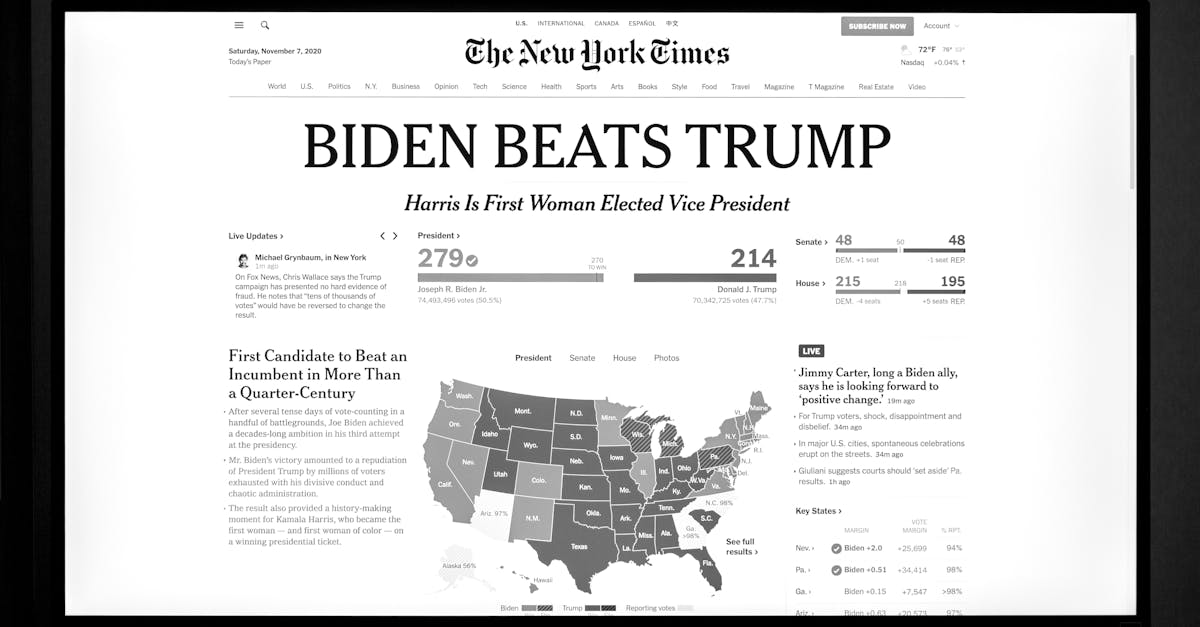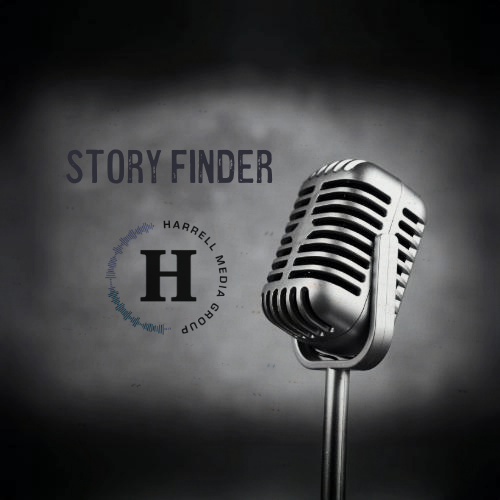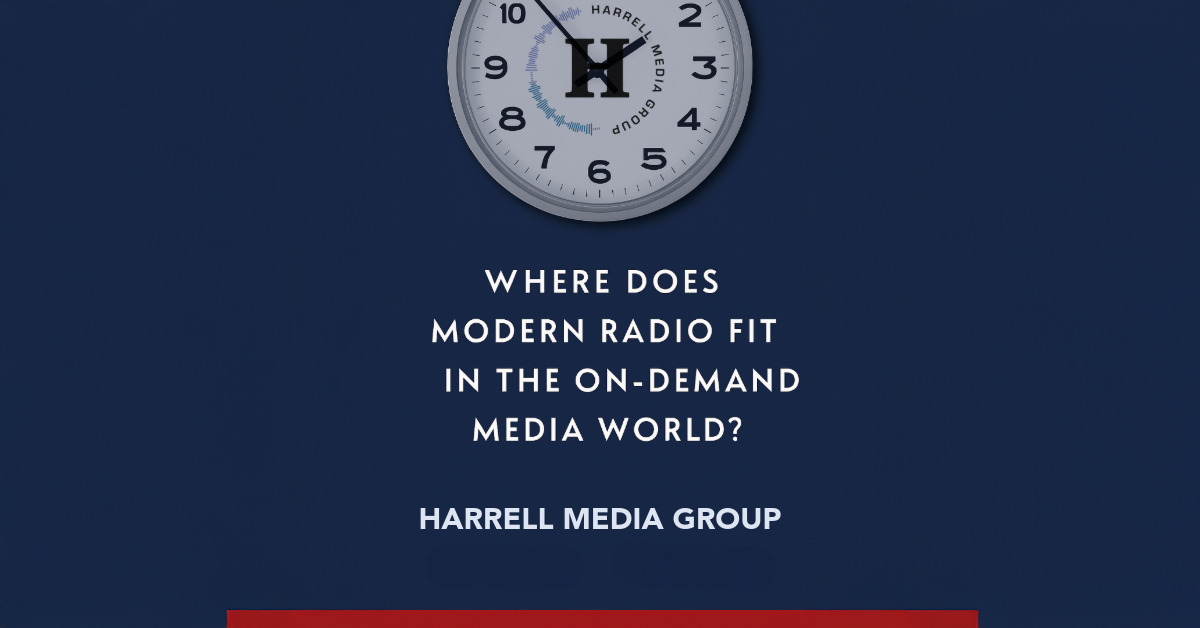If only they had kissed, then the world wouldn’t know this story. That statement creates more conversation and dozens of ‘what if?’ scenarios. Last week, when no one was looking except Grace Springer, we were introduced to one of the biggest viral moments this year. What can we learn from the Coldplay Kiss Cam drama about content discovery and finding stories?
Pop-Rock supergroup Coldplay was playing a concert in Boston when the “Kiss Cam” live-action camera panned to a couple smiling and embracing. The couple noticed they were on the Jumbrotron and quickly unembraced. She turned around and covered her face in embarrassment. He ducked out of the camera shot like he was diving for doubloons and beads at a Mardi Gras parade.
The Story
You’ve seen the video. How could you not? A five-second video of the happy couple suddenly becoming ashamed was posted on Wednesday night. Those mysterious algorithms saddled up and started riding this clip into the coveted land of virility. By Thursday afternoon, mainstream media seized the moment and social media detectives identified the pair: a technology company CEO and his Chief People Officer (HR Director). Now we have a story.
Radio stations, morning shows, and content creators were all over this story by Friday morning and throughout the weekend. Moments like this are gifts to America’s original electronic reactionary medium. Talent coach Steve Reynolds wrote about radio’s response in his blog this week.
“I hope we didn’t do something bad… I’m not quite sure what to do.”
Chris Martin
Why couldn’t we look away? Coldplay frontman Chris Martin summed it up in his comment during the concert when the world was introduced to, as I call them, The Corporate Couple. “Whoa, look at these two… Either they’re having an affair or they’re just very shy,” said Martin. He followed up with a more transparent comment: “I hope we didn’t do something bad… I’m not quite sure what to do.”
The audience laughed at his comment, but the fans looked at one another and thought, “Oh, my,” when they realized what had occurred. Those two people aren’t supposed to be together. Then, the revelation about their corporate relationship the following day added negative comments and schadenfreude to the conversation and memes.
Easy for you to say
Transparency: I had to look up the word ‘schadenfreude’ when I saw it in news stories. I’m sure I learned it in my college psychology course, but I haven’t used the German word since the final exam. It means the pleasure or self-satisfaction one feels at another person’s misfortune.
Is that why this became such a popular story? Sadly, I think we’re wired that way. However, there’s a basic story pattern in the Coldplay Kiss Cam drama. No politics, no celebrity, just human emotion. Secrecy, embarrassment, and the fear of exposure are as old as Adam & Eve and Cain & Abel. We’re drawn to stories about dilemmas, failure, and redemption. Sidebar: The continuing story is more fascinating. How will the Corporate Couple come back? I’m more interested in their spouses. No one is talking about them.
Love, relationships, conflict, failure, exposure, and triumph are the themes of popular books, movies, podcasts and neighborhood gossip. Editorial newsrooms, radio talent, reporters, and social media influencers are looking for these themes when researching or prepping a story. It’s what the audience has been drawn to since humans began telling stories.
The Coldplay Kiss Cam moments make it easier to react, tell, and share the story. However, when the drama isn’t giving us free content, how do we find the story?
Three Insights To Consider
Audience: Are we chasing or leading?
We live in an era where it’s rare to have a slow news day, regardless of the genre of content creation or audience. If your job is to report the news, then curating and selecting stories become essential skills in a story-saturated world. However, if your goal is to create character and personality for your show or channel, then changing your mindset from chasing the story to leading it requires a major mental shift in content creation.
Finding: Stories are everywhere.
If Grace Springer hadn’t posted the five-second Kiss Cam moment, we wouldn’t have this and thousands of other blogs discussing the moment at Gillette Stadium. But we’re surrounded by stories to share with our audience. 1) Observe reactions in public. You’ll see something you can turn into a shareable moment to create a connection. 2) Listen to conversations. Conflict is waiting. 3) What’s Missing? Ask, ‘How would this be a relatable moment for the audience?’ Create a narrative and fill in the gaps to finish the story.
Telling: Let the moment speak
The Coldplay video of the Corporate Couple doesn’t require narration or a detailed explanation to understand what’s going on. We knew based on their reaction to being exposed. Do we say too much in an attempt to convince or persuade? Trust your audience’s instincts to understand what’s going on. They’ll appreciate it.
If Less Is More, I’m Finished
This wasn’t a story about a tech CEO resigning his leadership role. This was a story about humans being human in public. Those stories are all around us. Start looking. No camera needed.

Ron Harrell
As the Principal Story Finder of Harrell Media Group, I offer Brand, Talent, and Management coaching. I’m available for public speaking engagements.
Contact me for a No Copy & Paste review.





